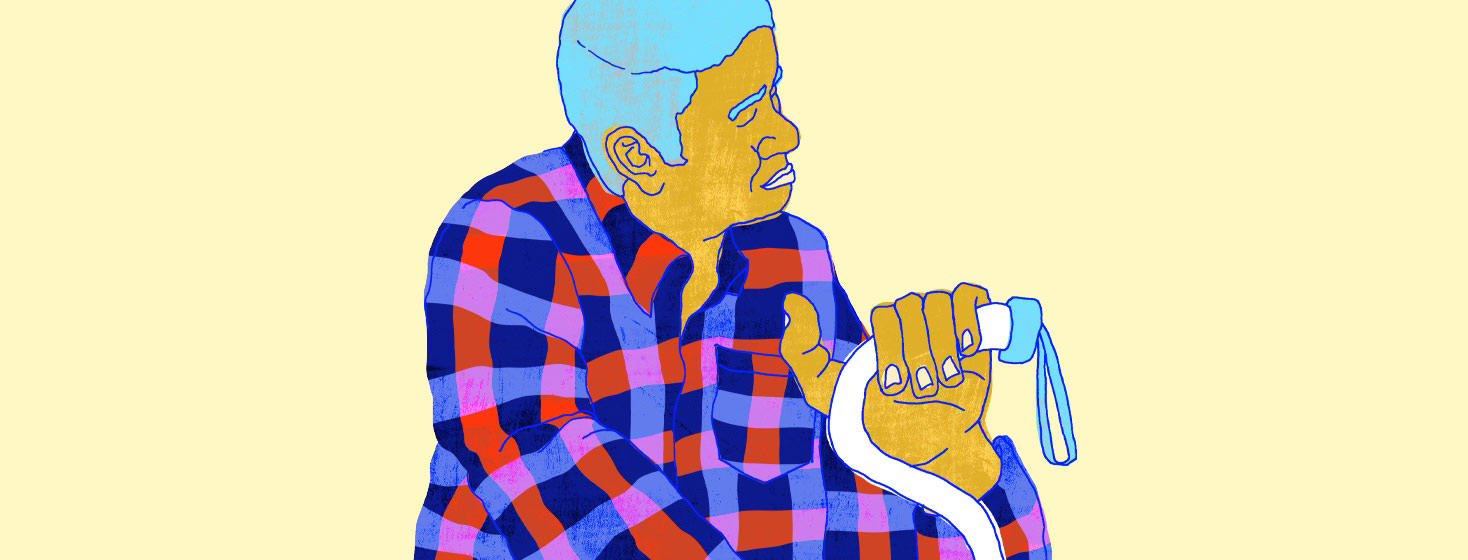Changing MG Pain & Weakness Perceptions
I’ve noticed many people in our MG community have had problems with getting their physicians, family, and friends to understand MG, especially the muscle weakness. I, too, had that problem but it seems as though most of the family now has a better understanding of my condition.
When I was first diagnosed with MG, my family not only knew nothing about it, but had never heard of MG before! I must commend them, though. Most of them did their own research about the disease and were initially alarmed about how serious it could be and was at the time for me. However, it took longer for some of them to understand more exercise was not the answer to the muscle weakness and cramps I was having.
Exercise helped, but it didn't last
I had a double whammy in that exercise is good for those of us suffering from lumbar stenosis. It can also be a good thing, in moderation, for MG patients. At first, once my MG was controlled, the exercise did help, but that didn’t last. The reason it didn’t last was the muscle weakness from MG and the severity of the stenosis. The more I used my neck, legs, and arms, the more pain and weakness in my extremities. Because of these two conditions, I needed a powerchair to have the mobility I wanted and needed.
I was told by one of my sons that maybe I needed to exercise more to strengthen my muscles. They all wanted me to be able to “ditch” the powerchair and walk again, so I don’t think they wanted to hear the exercise was making the pain and weakness worse. So how do I convince them more exercise wasn’t always the answer. I could exercise sometimes and did, but it had to be me that determined when and how much.
A hospitalization convinced my family
I finally was able to convince them that more activity would sometimes aggravate my condition, but it was after my first hospitalization with my heart. I received a pacemaker and when I was discharged to return home, I instead went to our son’s home to recuperate (my husband also needed help, as he fell and broke his ankle while I was in the hospital, so he couldn’t help me, nor me him). Physical therapy was ordered for me through home health. Thankfully, the physical therapist understood MG! I encouraged my therapist and son to talk about my limitations.
Another thing that really helped was while staying with our son, he observed me helping out around his home. I did a lot of cooking and cleaning by myself. He could see I was wanting to be up and doing things. He also saw the pain that would get me down and how tired and weak I would get, yet I’d try to keep going. Finally, my son understood and was able to communicate that to my other children. They could see I wasn’t wanting to give up. I wanted to be able to do things on my own. They could see by my emotional state how upset I’d get when I had to ask for help for simple things I felt I should be able to do.
Sometimes it takes an outsider to notice what’s going on and be able to help
My therapist was able to talk to my son and reinforce everything I’d been saying. I also figured out a way to describe the pain and weakness in a way they could understand. Imagine over-exercising and experiencing that muscle pain and weakness for a while. With MG, multiply that pain several times and imagine it never going away completely. Now they had an example they could relate to.
I don’t know why it took me so long to come up with that comparison, but at least I finally did. I’m so glad they finally understand and aren’t pushing me to do more than I can or am capable of. I know they just wanted the best for me, but they did not understand, which made it difficult for me and made me feel guilty, even though I knew better.

Join the conversation